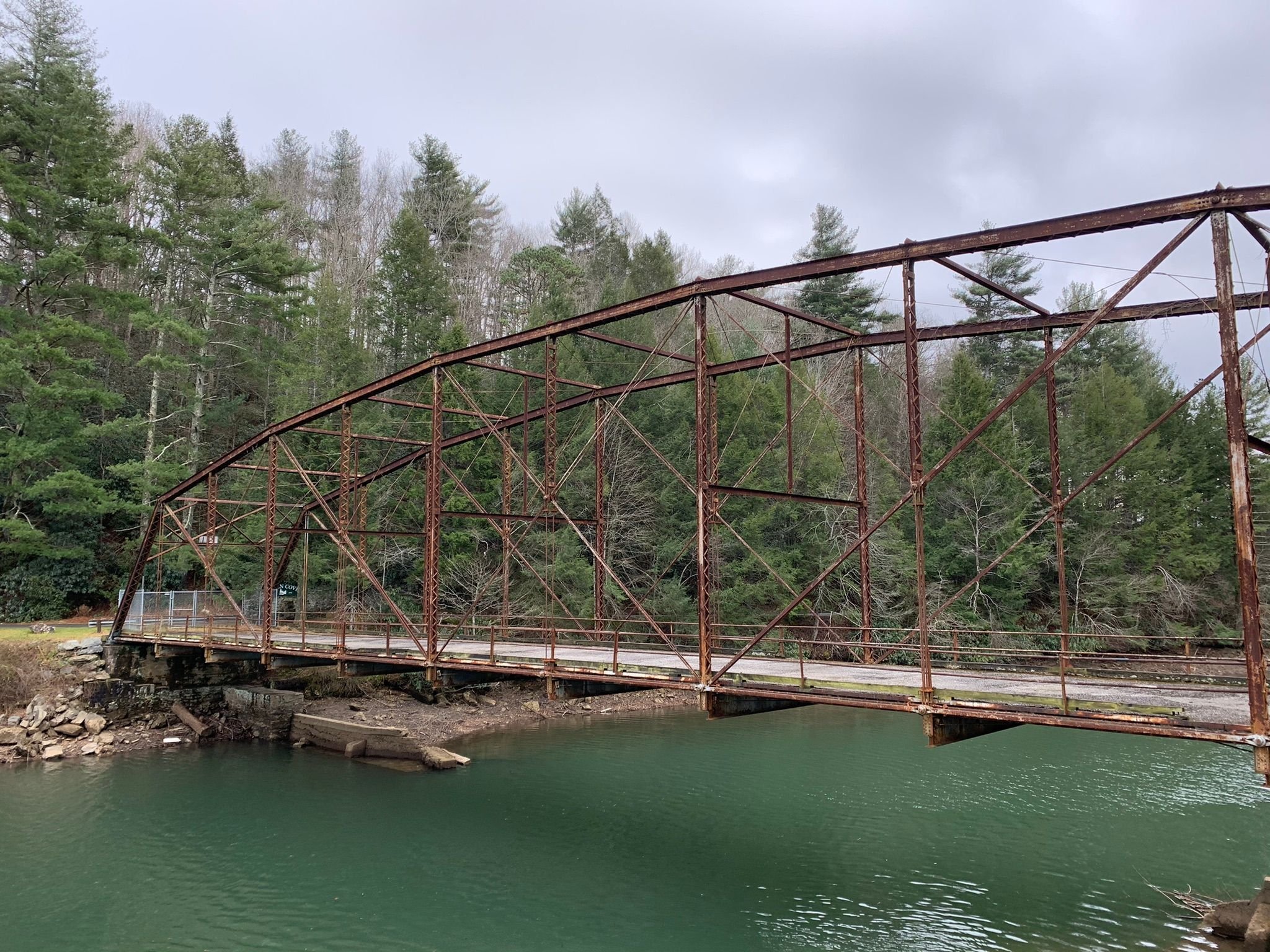John Adger Law and Lake Summit
/The story of Lake Summit and its early origins may be traced back more than a century ago in Spartanburg County’s textile industry. During the course of nearly two centuries arose one of the nation’s mightiest textile communities, a place that became known as the Waltham-Lowell system of the South by the end of the 19th century and a model of the labor and production practices employed during the rise of the textile industry. Power was one of the early problems for the Spartanburg mills, and John Adger Law came up with a plan to bring sufficient electricity from the mountains of North Carolina some 30 miles away.
“Having spent summers in the breezy hills around Hendersonville, North Carolina, Law was familiar with that city’s success with damming the Big Hungry River as early as 1904 to supply hydroelectric power. It didn’t take long for Law to come up with the idea of a “Manufacturers Power Company” after discussions with five other mill owners, among them Walter S. Montgomery. Montgomery was the son of Captain John, so the business of running a mill was in his blood. Like Law, Montgomery realized the difficulties ahead without a reliable and industry-controlled power source and saw the potential in the Piedmont’s rivers and tributaries.”
— Textile Town, Spartanburg County, S.C.
by the Hub City Writers Project
THE OLD BRIDGE AT THE SITE OF THE ORIGINAL DAM THAT CREATED LAKE EDITH.
Just over the state line is the town of Tuxedo, North Carolina. Once a vibrant mill village, Tuxedo was founded in 1907 by Joseph Oscar Bell, Sr. with his brother-in-law, J.A. Durham and S. B. Tanner. The three men formed a textile mill alongside the Green River called Green River Manufacturing Company. Bell orchestrated the construction of the mill village and created Lake Edith by damming the river above Green River Falls, providing power to the mill. After visiting Bell, both Law and Montgomery felt there was ample power to be had by damming the Green River. The site, chosen carefully, lay between the tiny hamlets of Tuxedo and Zirconia where the river had long ago carved a modest valley through the hills.
In 1915, Green River Manufacturing Company sold certain land holdings to Blue Ridge Power Company to build a lake four to five times larger than the current Lake Edith that generated power to the Green River Mill in Tuxedo. Law and several of his colleagues, including J. O. Bell, founding father of Tuxedo, and Walter S. Montgomery, H. L. Bomar, A. L. White, George E. Ladshaw, Joseph Lee and William A. Law formed the Manufacturer’s Power Company in Spartanburg and later reorganized into the Blue Ridge Power Company after absorbing Hendersonville Power. They proceeded to buy up lands all along the Green River in Henderson and Polk counties with the intention of creating four dams to create hydroelectric power.
The News and Observer, November 22, 1924
On May 17, 1917, the Blue Ridge Power Company and the Willard Boggs Company signed an agreement that arranged for the construction of a 121-foot-high dam across the Green River. Lake Summit is the first and highest of the lakes was built in 1920 in Tuxedo, N.C. and the lowest, Lake Adger in Polk County was completed in 1925 and named after Blue Ridge Power Company’s founder, John Adger Law. Soon after the second lake was built, electric power produced by coal-fired generators proved to be much more efficient and plans to develop the two sites originally proposed for Big Hungry and Little Hungry Creeks were abandoned.
The Law and Adger Families
The ancestral lines of the two branches of the Adger and Law families include a “who’s who” of S.C. families: the Adger, Ellison, Smyth, Dubose, Moffet, Hart, Hall, Crawford, Brown, Cassels and Edwards to name a few. The earliest known paternal ancestor in America was Issac Dubose, a French Huguenot who settled in Jamestown on the Santee River in 1689. They are part of the Dubose line through their paternal great-grandmother, Mary Dubose, who married William Law on January 13, 1791.
The earliest known maternal ancestors for the Adger family were Scotch Irish and settled in Fairfield County eight miles from Winnsboro, S.C. James Adger II decided to cast his lot in Charleston and arrived in the Lowcountry from New York in 1802. It was on a visit to his brother, William Adger, of Fairfield, that he saw Miss Sarah Elizabeth Ellison riding on horseback from her father’s plantation in Winnsboro. Smitten by the beautiful and stylish woman, the young gallant Irishman married Miss Ellison in 1806.
The Law and Adger families. PHOTO COURTESY OF WILLIAM MARSHALL
James Adger’s life is a colorful romance, the tale of an immigrant lad who rose to become a kind of merchant prince. As a banker and businessman, he had much to do with shaping domestic commerce by the organization of the S.C. Railroad, the first line of any significant length in the world and establishing a successful shipping enterprise on the wharves that bore his name with a line of steamers between Charleston and New York. At one point, he was ranked the fourth wealthiest man in the United States. He served as a member of the S.C. Legislature and as president of the Hibernian Society. An unassuming, honest and humble man, James Adger never passed up the opportunity to help his less fortunate countrymen or to befriend a fellow Irish lad. He and his wife are buried at Second Presbyterian Church in Charleston.
The Rev. Thomas Hart Law, D.D., a Presbyterian clergyman and former Chaplin in the Confederate Army married Anna Elizabeth Adger, daughter of William and Margaret Hall Moffett Adger, on March 16, 1864. William was the fourth son of James Adger II and Sarah Elizabeth Ellison. Shortly after their nuptials, the Rev. Law accepted a call to the First Presbyterian Church in Spartanburg, S.C., where he served for many years. Thomas and Anna Adger Law’s children included William Adger Law, Mary Hart Law, John Adger Law, Margaret Moffett Law, Thomas Hart Law, Jr., Andrew Moffett Law, Robert Adger Law and Agnes Dubose Law. They also had twin sons and a daughter, Anna Elizabeth, all of whom tragically died in infancy.
John Adger Law
John Adger Law, son of the Rev. Thomas Hart Law and Anna Elizabeth Adger, was born in Spartanburg on September 9, 1869. He was educated in the grade schools of Spartanburg and graduated from Wofford College in 1887.
John Law began his career in the financial world and quickly climbed the corporate ladder. As a young businessman, he had the promise of a brilliant career: between 1891 and 1895, he was one of the prime movers in the Spartanburg Savings Bank, the Home Building and Loan Association, and Central National Bank. He began construction on Saxon Mills, which was completed in 1900 when he was just 30 years old. John was a popular mill proprietor and served as Saxon’s president and treasurer. He was one of the only mill owners to live within the mill village — the annual Christmas parties he hosted at his home were a highlight of the season for the mill workers and his advocacy for a work-study program at the adjacent Textile Industrial Institute helped to ensure a well-trained workforce. Today, that institution is known as Spartanburg Methodist College.
John also created a summer camp for mill children on Lake Summit as an example of his dedication to improving the lives of his workers. He married Lillian Pearl Shiver Sibley, daughter of William C. and Jane Thomas Sibley of Augusta, Georgia on November 14, 1895. They had six children: Jenny Thomas Law Alexander, Anna Elizabeth Law Child, Margaret Adger Law Hill, John Adger Law, Jr., William Sibley Law and Grace Sibley Law Robertson. These six children went to produce 12 children of their own, all of whom grew up spending their summers together at Lake Summit.
In 1916, a young graduate student from Connecticut named Marjorie Potwin arrived in Spartanburg to take a job as recreational director in Adger’s Saxon and Chesnee Mills as part of the new cooperative extension program established by the federal Smith-Lever Act. During the next decade, she completed her master’s degree and Ph.D. in addition to publishing a book entitled Cotton Mill People of the Piedmont.
She was a powerful community leader at Saxon Mill and the controversial companion of John Adger Law. Their relationship eventually led to Law’s divorcing his wife and marrying the young Yankee. The newly married couple moved to Lake Summit to a cottage that Adger had built across the lake from the family home he had built for his first wife and children. Sadly, this was the end of the family they all knew. He never saw or spoke to his children or grandchildren again. …
——
Note: Part II of the history and origins of the Law family’s retreat at Lake Summit known as Interlochen will be published in a future edition of Flat Rock Together.
About the Author:
Missy Craver Izard was born and raised in Charleston, S.C. and resides in Flat Rock, N.C., “The Little Charleston of the Mountains.” A retired summer camp director and art teacher, Missy is an entrepreneur, speaker, author, journalist, community leader and the recipient of several awards including the White House Champions of Change.







